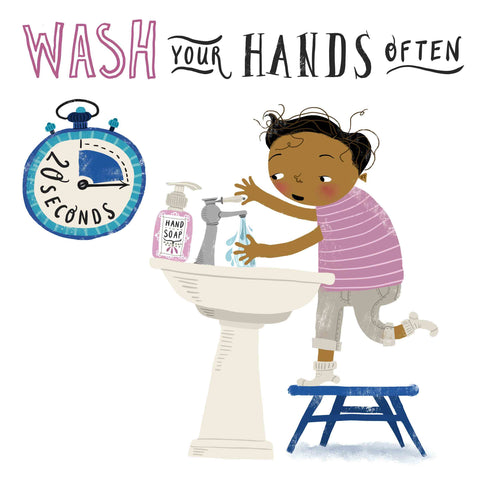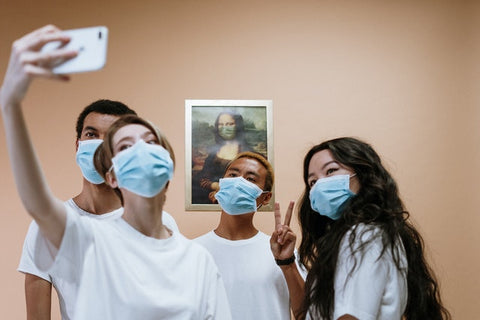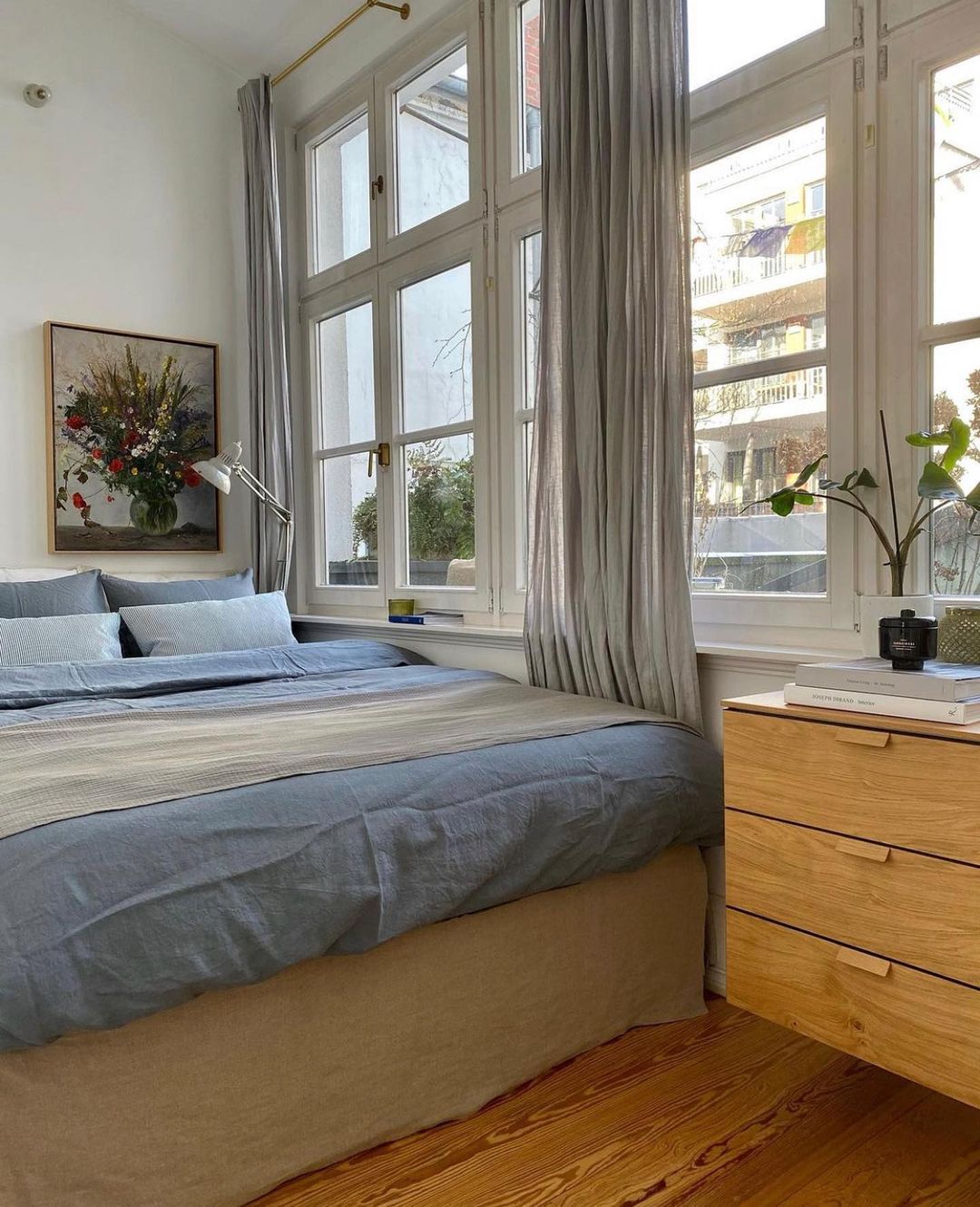How did COVID-19 spread?
COVID-19 spreads through tiny droplets, aerosols and through direct contact from person to person. When individuals with the infection cough or sneeze or contact them, surfaces and belongings may also be infected with COVID-19. The risk of spreading is greatest when people are close to each other, especially in indoor spaces that are poorly ventilated and when people spend a lot of time together in the same space.
The most significant ways to avoid the spread of COVID-19 are social distancing, hand washing and good respiratory hygiene (using and disposing of tissues), cleaning surfaces and keeping indoor spaces well ventilated.
Up to 2 days before symptoms begin, and up to 10 days after, people who have COVID-19 can infect others. Even if they have mild symptoms or no symptoms at all they can pass on the infection to others, which is why they must stay at home.
In the next 14 days, individuals who live in the same household as someone with COVID-19 are at greater risk of developing COVID-19. And when they feel well, they can also spresd the virus to others, which is why they must stay at home.

2.How to reduce the spread of COVID-19 in your household?
- Wash your hands
This is one of the most effective solutions to minimise the probability of COVID-19 being caught or passed on to others. Wash your hands with soap and water for 20 seconds or use a hand sanitizer, especially after coughing, sneezing and blowing your nose, and before you eat. Clean your hands often and don't touch your face.

- Cleaning your home regularly
When coughing or sneezing, cover the mouth and nose with disposable tissues. If you don't have a tissue, please cough or sneeze into the crook of your elbow instead of using your hand.
Put your tissues in a garbage bag and wash your hands immediately. If you have a caregiver, when you have sneezed or coughed, they have used disposable tissue to clean away any mucus or phlegm and then wash or sanitise their hands.
- Frequent indoor ventilation
Keep well-ventilated indoor areas, especially shared living areas. Keep in a well-ventilated room, if you have symptoms, with a window to the outside that can be opened if possible. Please keep the door closed.
- Use a face covering
A face covering that is used correctly will help protect others by reducing the spread of COVID-19, but it does not replace the need to restrict your interaction with other members of the household.








